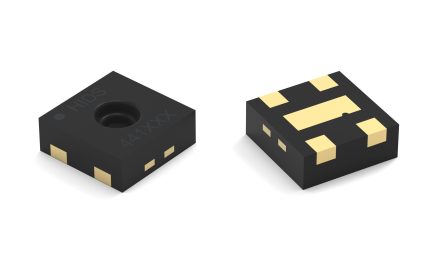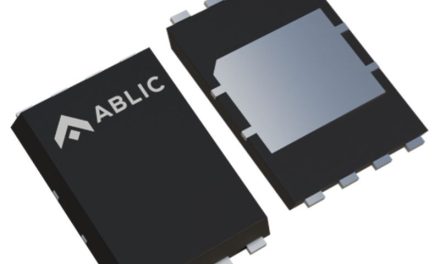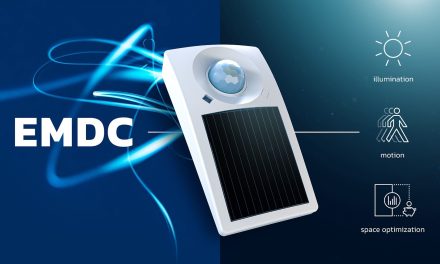 Bee Thakore, European Technical Marketing Manager at Farnell element14 explores some of the technologies influencing the sensing industry and how the distributor is working to offer customers the latest solutions
Bee Thakore, European Technical Marketing Manager at Farnell element14 explores some of the technologies influencing the sensing industry and how the distributor is working to offer customers the latest solutions
Sensors and sensing application electronics are considered one of the fastest growing industries, with a forecasted compound annual growth rate of 10 percent, outpacing the overall semiconductor industry. The two strongest market segments impacting the sensor industry are consumer electronics and the automotive industry, together forming 40 percent of the sensors market.
A layer deeper, this is largely aided by the rapid uptake of smartphones and mobile health devices; as well as MEMs and sensor integration into cars to enable smarter ergonomic and safety features, better engine performance management as well as networked infotainment devices.
State of the art Smartphones such as the iPhone 4 or Samsung Galaxy S2 are loaded with various sensors (Figure 1), such as motion sensors and accelerometers, a gyro, a camera (or two), a microphone, WiFi and Bluetooth radios (which can be used both for communication and for sensing RF signals), Near Field Communication (NFC), a touch sensor, etc.
Given the economy of scale of smartphones and the tough competition in this market, their prices are likely to be halved within a year, as new models launch. Customers working on smart phone applications are focused on product improvement and looking at the competitive positioning of the sensor manufacturer, age of the sensor (time since it was launched or revised) and the reliability or MTBF (Mean Time Between Failure) that determines its operational life.
An illustration of how fast things can move is the recent release of the iPhone 4, the first mobile phone to integrate a micro-electromechanical systems (MEMS) gyroscope, followed a few days later by the announcement of IPO of InvenSense.
This company has been a leader in integrated six-axis motion processing employing gyroscopes together with digital accelerometers.
An emphasis on such new technologies along with the best in industry options for high res ADCs, low pass filters and signal processing etc. would accelerate design cycles.
Advancing the design cycle
Smartphones are becoming increasingly equipped with high performance processors, such as the 1.2GHz dual core Cortex-A9 processor of the Galaxy S2. Additionally, these phones run a fully-fledged operating system and modern developing languages.
Analysts project the smartphone and tablet industry will soon consume over $2 billion of sensors annually. Yet, for all this, the top mobile apps rarely involve sensors.
App developers say using sensors is not easy. The abject difficulty lies in the fact that sensors present metrological measurements of their physical environment but, without proper perspectives and interpretation, those measurements are often meaningless.
This is why it is important that design engineers have easy and quick access to development kits, dev and debug tools, operating stacks and software, all the way through to onboard test, PCB design and fabrication – the full design cycle.
Next generation smartphones would soon be able to incorporate a whole slew of new embedded sensors that could help to make mobile health services more accessible.
As location based services enhance, we will see the introduction of altimeters, sensors to detect perspiration and microphones, temperature and humidity sensors for more environmental data in devices, to the already compelling function of the GPS location and positioning sensors.
This would mean that sensors which are not contained within smartphones, but embedded within garments or other items would be able to measure the user’s personal health factors. This is where the future forms of these devices offer a promising and safe way to cope with health issues like allergies (alert systems), location of someone who is in need of medical help and even remote or distributed diagnosis on the basis of sensing heart rate/heart flux, blood pressure etc.
There was much excitement about Apple filling a ‘smart garment’ patent in April 2010 which involves clothing that can transmit location and physiometric data wirelessly to an ‘external data processing device’; well, that might take more than one form. Such a device becomes the ultimate sensor.
The requirement here is to provide the design engineers of today with as many examples as possible for solutions that can connect different application areas and offer the right level of choice.
Development modules from companies such as STMicroelectronics work well largely because the manufacturer has an established competency in wearable mobile sensors fit for medical and smartphone applications.
It is forseeable for these sensors to interact with wireless sensor networks, GPS location devices within vehicles in order to determine the precise location in emergency situations.
We are also seeing key manufacturers gear up to take advantage of the full scope of opportunity, such as Freescale who offer entire solutions for key sensor networks both for smartphones and automotive applications – sensors, processors, power etc.
Farnell element14 has been working with these leading manufacturers to extend its offering of reliable components, high level of customer support, and extensive product portfolio with design cycle resources through the element14 knode.
Design engineers are able to get an overview of each device and to easily select solutions from major component manufacturers by using interactive block diagram navigation and full application specific line cards, on the company’s dedicated portal for sensing technologies on farnell.com/sensing.
Farnell element 14




